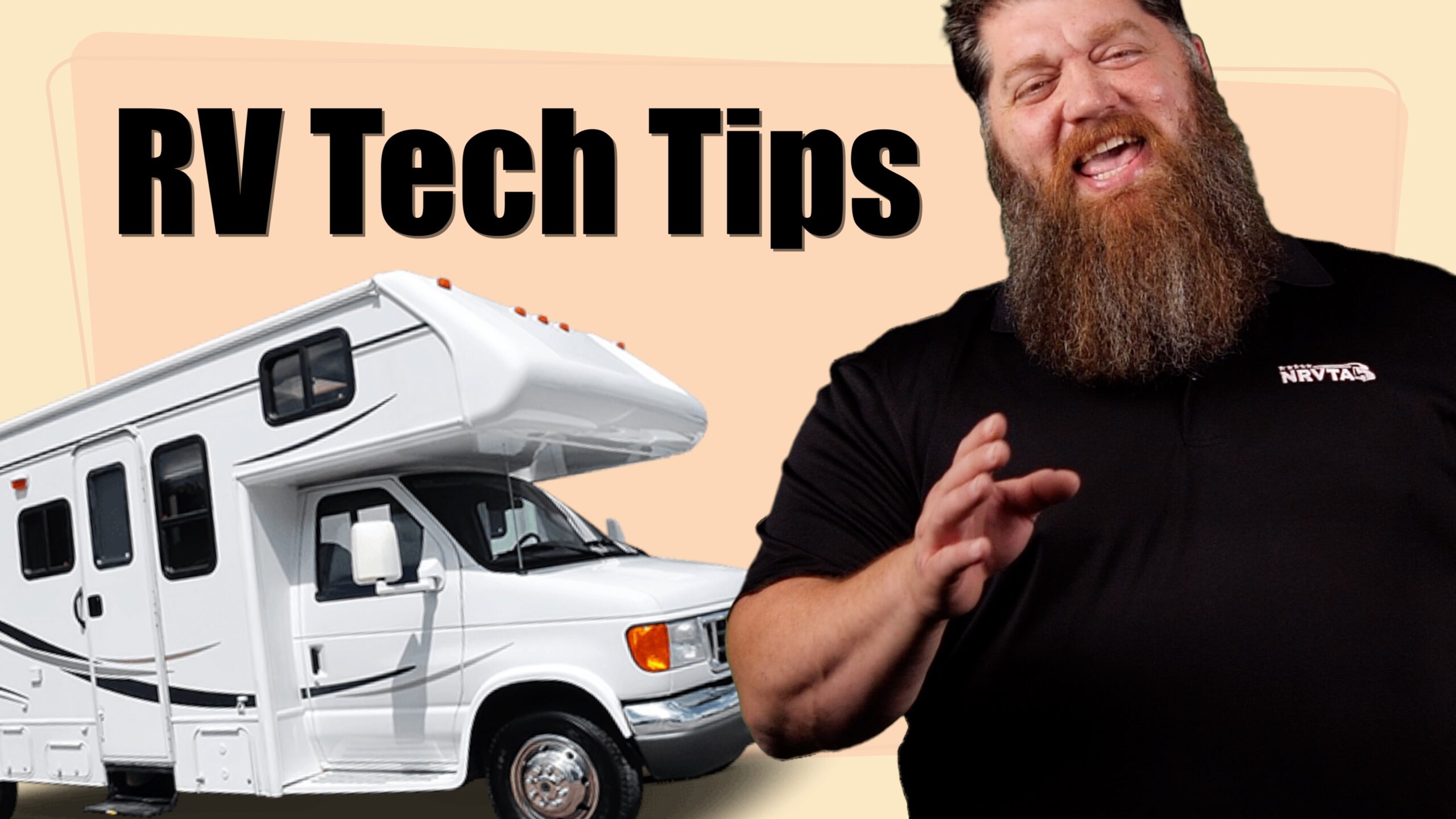Get your RV Technician Certification in as little as 5 weeks!

Many people are dabbling in solar power and looking for ways to live off the grid for a while because it opens up more camping options. Yet, they still want to power their televisions, too.
They will need a device called an inverter that pulls energy from 12-volt direct current (DC) RV batteries and use that to invent the 120-volt alternating current (AC) power most RV and common household appliances need to operate correctly.
When the process is run in reverse, a converter is used to take 120-volt AC power to step it down or convert it into 12-volt DC power to recharge batteries.
“It almost sounds like you could use an inverter and converter to magically create endless power. Unfortunately, it doesn’t work that way because even inverters and converters use power, which reduces the level of energy stored in the batteries,” said Todd Henson, lead instructor at the National RV Training Academy.
Batteries work like a piggy bank in storing energy that isn’t needed at the moment so that it can be used later. The energy is pure and undiluted. Direct current is the same type of pure, unmodified energy stored in batteries. If you were to look at it on an oscilloscope, direct current would be a straight horizontal line.
Alternating current, on the other hand, fluctuates in smooth peaks and valleys, similar to ocean waves. The current is created by spinning magnets the moment power is generated.
The challenge is to modify the power from a straight line to an alternating line, and that’s what an inverter does.
If you intend to live off the grid for a while, want to try boondocking or staying at a Harvest Hosts property, but still want to watch your favorite poodle show on TV or charge a laptop, then you will need to ensure enough power exists to do that.
“When you are fully reliant upon battery power, you’ll discover your wall outlets don’t work and neither does your air conditioner. The only thing that does work are your lights and a few other devices, like your slideouts or your water pump,” said Henson. “That’s because those devices were built to run off 12-volt DC power. Everything else will require AC power and an inverter to create it.”
If you want to learn how to fix the majority of problems you’ll encounter on your rig, check out the programs offered by the National RV Training Academy. You can even find information about becoming a certified RV technician or inspector by visiting www.nrvta.com.
Get Registered Today!
Talk to a student advisor to learn more!
